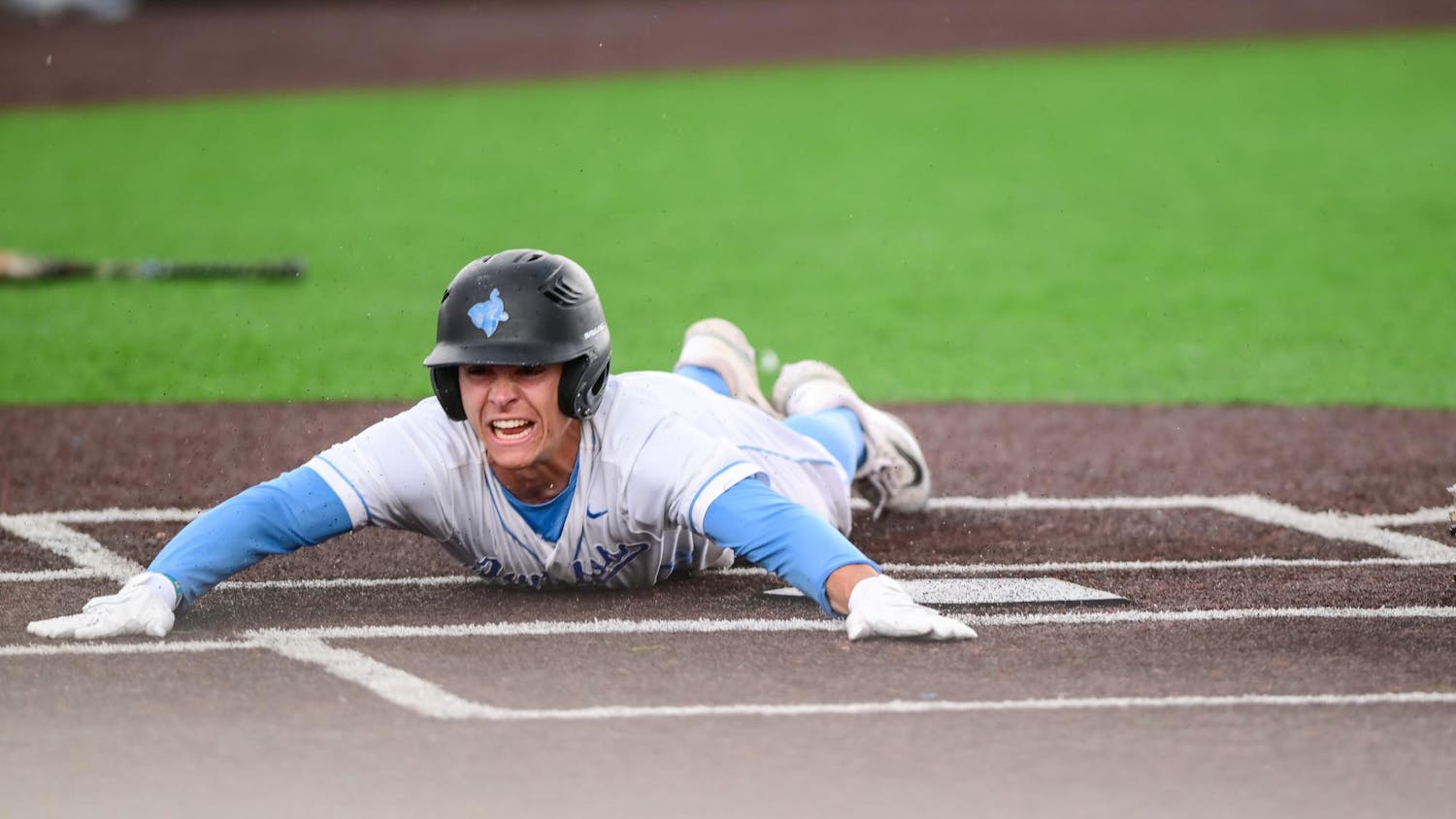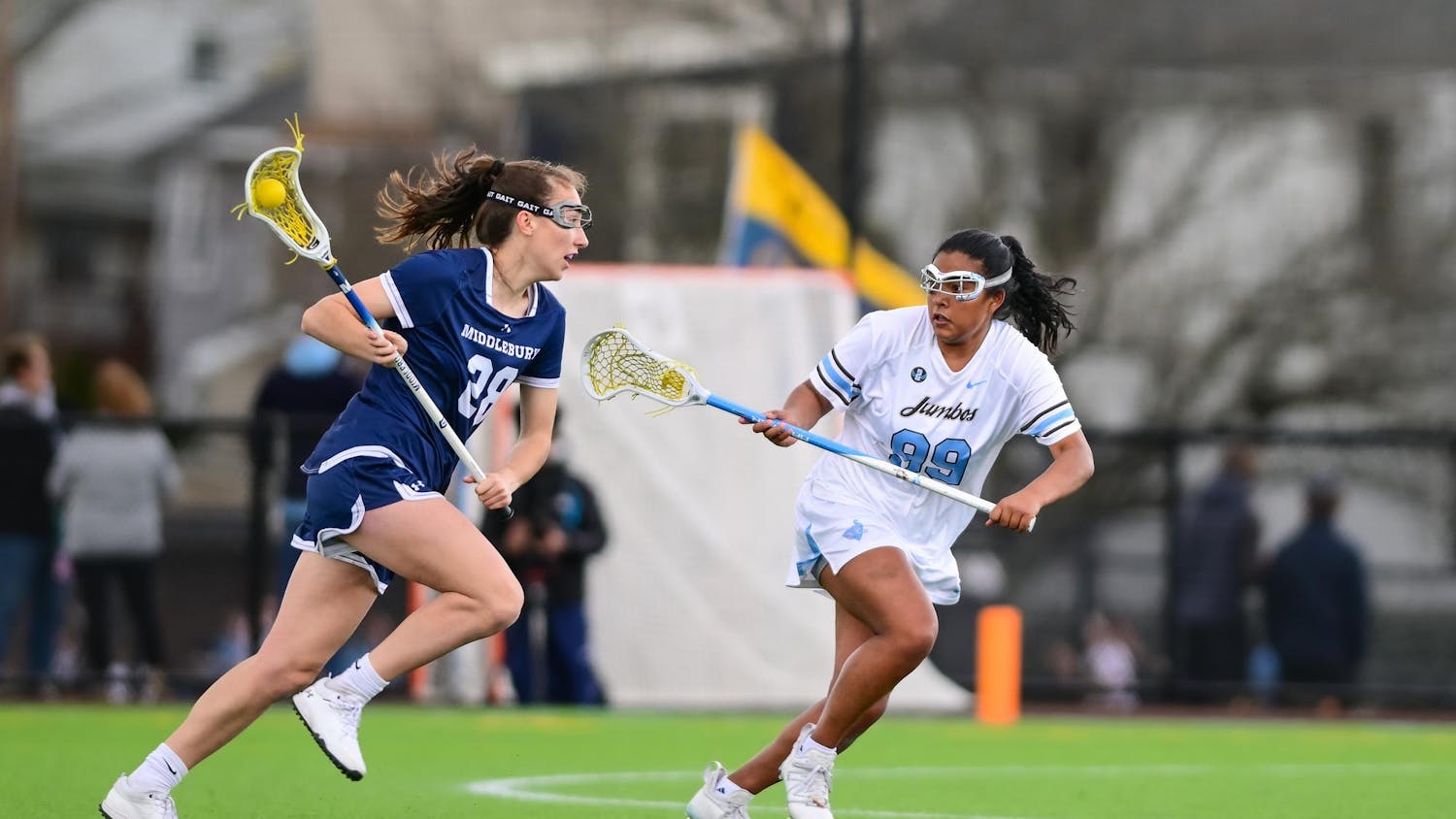Anyone watching a National Hockey League game has around a 50 percent chance of watching a bare?knuckle fight break out, with the referees looking on and thousands of screaming fans giving a standing ovation.
I'm not telling you anything new if you at least casually follow hockey in North America. Though fighting is banned in collegiate leagues, youth programs and international play, on hockey's biggest stage, the brawling is glorified. A fight earns a player five minutes in the penalty box, but the effect is negated by the other team's player getting the same fate.
NHL teams employ "enforcers," valued not for their stickhandling or skating but purely for their ability to intimidate opponents. Such a player, who often would never get the chance to live out his childhood dreams otherwise, can earn millions of dollars per year in this role. A handful of concussions and some lost teeth are nothing in comparison to playing the game you love in front of adoring fans every night, right? Right?
You can probably guess where this is going. This weak?chinned columnist is going to excessively moralize about those hockey brutes and chastise fans for cheering on such blatant unsportsmanship. Aren't athletes supposed to be role models? Think of the children! By gosh, if their heroes are brawling, they'll start fighting too!
But that's not me. If I ever run into Bob Costas, who went on a rant two weeks ago against the spirit of NFL touchdown dances, I'll stop in my tracks, do the Jared Allen sack dance, rip a mock sword out of my pocket and mince the air in front of my face.
But the situation with hockey fighting is different. First off, NHL fighting is incredibly sportsmanlike, as bizarre as that sounds. There's an etiquette to it. Often, one player tugs on the jersey of another, and if the other agrees to fight the game grinds to a halt. Referees hover, ready to break up the fight if the action stalls or one player falls to the ice. The gloves come off, and sometimes the players skillfully - and sort of intimately - nudge one another's helmets off before the fists start flying.
Fans love the enforcers, and for good reason - they're brave, underdog gladiators duking it out, spilling blood and teeth on the ice. Enforcers are the manliest in a sport filled with manly men. They are awesome, and watching them fight - like you haven't already put "good hockey fight" into YouTube? - is incredible.
Before this week I supported fighting in the NHL, mostly from the perspective of a willfully ignorant fan. But after reading the full story of Derek Boogaard in this week's New York Times (it's in three parts, but easily worth the hour or so of reading), I've been convinced that someone needs to step in and stop the bleeding. Boogaard overdosed on painkillers in his Minneapolis apartment in May, at 28, in the prime of his enforcer career. Doctors analyzing Boogaard found chronic traumatic encephalopathy, which is closely related to Alzheimer's and caused by repeated blows to the head, in his brain. And Boogaard isn't the only former enforcer with the disease.
Fighting isn't "ruining the game" or anything cliche like that. Fighting is part of hockey, and it has been since the sport's inception. All parties involved want to keep fighting in the game, at least according to an interview the Times did with Commissioner Gary Bettman, who thinks research on deceased hockey players' brains is too preliminary for action.
But this is the same full?contact league in which players weren't required to wear helmets until 1979. Until the rules are changed, enforcers will sign up for the punishment, and fans will have to choose: Do we cheer or wince?
--





